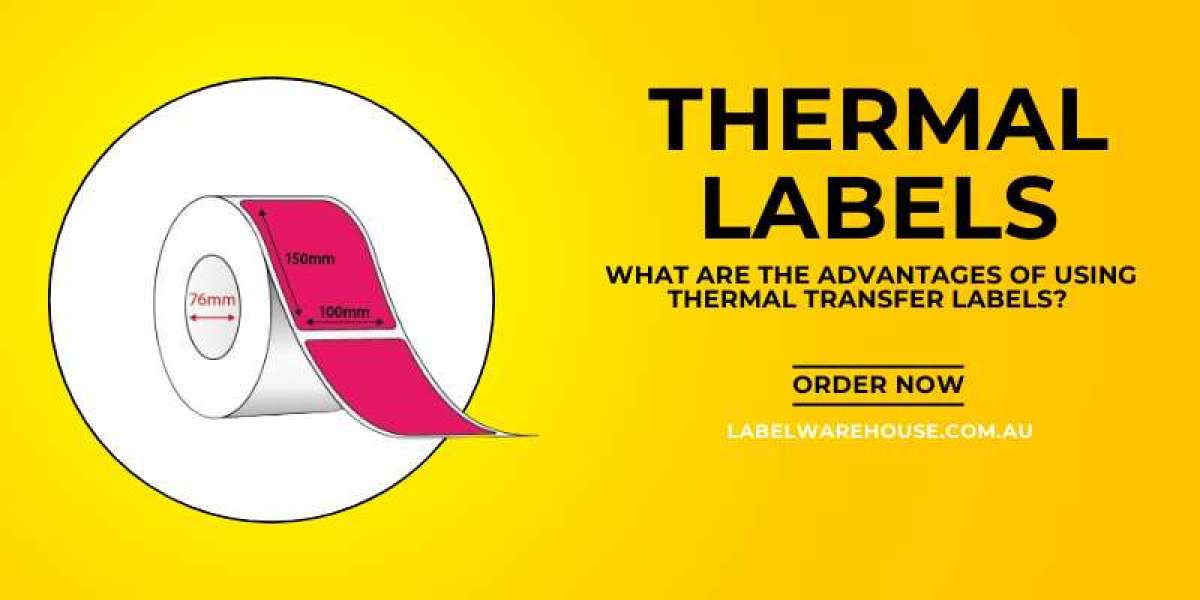In the dynamic world of product labeling, businesses are constantly seeking efficient and reliable solutions to meet their diverse needs. One such solution gaining widespread popularity is the use of thermal transfer labels. These labels offer a range of advantages that make them a preferred choice for various industries. In this article, we will explore the key benefits of using thermal transfer labels and why they have become indispensable for many businesses.
Understanding Thermal Transfer Labels
Before delving into the advantages, let's first understand what thermal transfer labels are. Thermal transfer printing is a digital printing method that uses heat to transfer ink from a ribbon to the label material. The process involves a thermal print head applying heat to the ribbon, causing the ink to transfer onto the label. This method ensures high-quality, durable, and long-lasting prints.
Advantages of Thermal Transfer Labels
Durability and Longevity
One of the primary advantages of thermal transfer labels is their durability. These labels are resistant to smudging, fading, and other environmental factors, ensuring that the printed information remains legible for an extended period. This durability makes them ideal for applications where labels may be exposed to harsh conditions, such as extreme temperatures or moisture.High-Quality Printing
Thermal transfer labels offer exceptional print quality. The technology allows for precise and detailed printing, making them suitable for applications that require clear barcodes, text, and graphics. This high-quality printing is crucial in industries such as manufacturing, logistics, and healthcare, where accurate and readable information is paramount.Versatility in Label Materials
Thermal transfer labels are compatible with a wide range of label materials, including paper, polyester, polypropylene, and more. This versatility allows businesses to choose the label material that best suits their specific requirements. Whether it's for product packaging, asset labeling, or outdoor applications, thermal transfer labels provide a flexible solution.Wide Range of Applications
The versatility of thermal transfer labels extends to their applicability across various industries. From retail and healthcare to manufacturing and logistics, these labels find use in diverse applications. Whether it's for inventory management, product labeling, or compliance labeling, thermal transfer labels offer a reliable solution.Resistance to Environmental Factors
Thermal transfer labels are known for their resistance to environmental factors such as sunlight, chemicals, and moisture. This makes them suitable for outdoor use and in industries where labels may come into contact with harsh substances. The ability to withstand these factors ensures that the labels maintain their integrity and readability over time.Cost-Effective in the Long Run
While the initial investment in thermal transfer printing equipment and supplies may seem higher than some other labeling methods, the long-term cost-effectiveness is a notable advantage. The durability and longevity of thermal transfer labels result in fewer reprints and replacements, ultimately reducing overall costs.Consistent Print Quality
Thermal transfer labels provide consistent print quality throughout the printing process. This consistency is crucial for industries that require large volumes of labels with uniform printing standards. The reliability of thermal transfer printing ensures that each label meets the desired quality standards, contributing to operational efficiency.Compliance with Industry Standards
Many industries have specific labeling requirements and standards that must be adhered to for regulatory compliance. Thermal transfer labels are well-suited for meeting these standards, making them a preferred choice in sectors such as healthcare, where accurate labeling is critical for patient safety and compliance with regulatory guidelines.
Conclusion
In conclusion, the advantages of using thermal transfer labels are clear and compelling. From their durability and high-quality printing to versatility and resistance to environmental factors, thermal transfer labels have become an integral part of labeling solutions for businesses across diverse industries. The long-term cost-effectiveness and ability to meet industry standards further underscore the value of incorporating thermal transfer labels into your labeling strategy. As technology continues to advance, thermal transfer printing remains a reliable and efficient choice for businesses seeking optimal labeling solutions.








